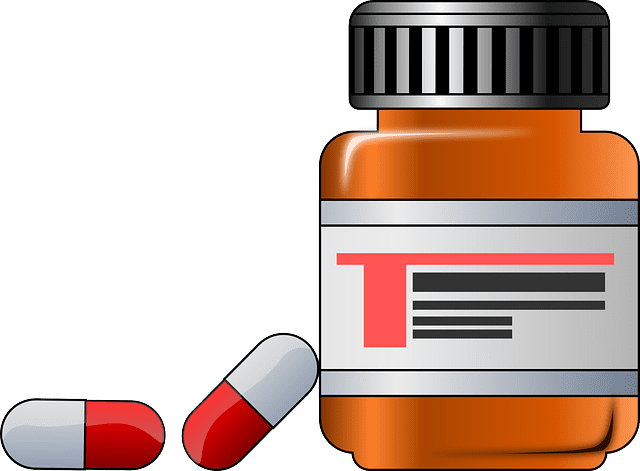ES is a 61-year-old female who is a resident in a long-term care facility. She has a history of drug abuse, early-onset dementia, GERD, chronic pain, and osteoarthritis. Her current medications include gabapentin 100 mg TID, donepezil 10 mg HS, omeprazole 20 mg in the morning, famotidine 20 mg in the evening, and acetaminophen 650 mg BID. The staff that works with her are reporting an increase in urinary frequency, patient-reported flank pain, and worsening confusion. A fever is also noted. A urinalysis is done and she is prescribed nitrofurantoin 100 mg BID X 5 days for a diagnosis of complicated UTI.
One day after starting the nitrofurantoin for complicated UTI, her condition is worsening. She is becoming increasingly lethargic and confused. Her fever remains elevated and flank pain is still persistent. She is hospitalized and started on ceftriaxone.
What likely happened here? Was there a drug interaction yielding the medication ineffective? Was the bacteria resistant to treatment or was another mistake made?
Nitrofurantoin for complicated UTI is a big no-no! Why is that? Nitrofurantoin doesn’t obtain adequate concentrations in the bloodstream and/or upper urinary tract to kill bacteria. In the urine (bladder) the drug is bactericidal at usual dosages which is why it has a role in simple cystitis.
This patient situation presented a clear distinction that this was more than just a simple UTI. The presence of fever and other systemic effects should have led this provider down the path of recognizing this as a possible pyelonephritis and/or urosepsis type situation. Nitrofurantoin is not going to be an appropriate selection in this situation and likely led to treatment failure and worsening of the patient’s condition.
If you’d like like to learn more about nitrofurantoin, check out my podcast on this drug or these blog posts I have created in the past:



0 Comments